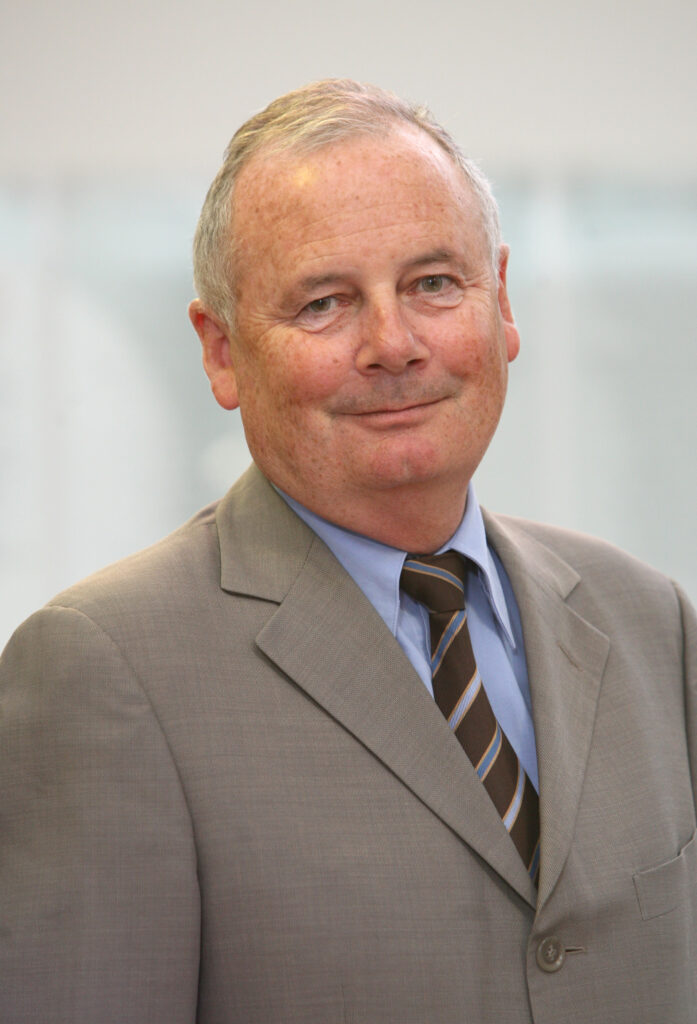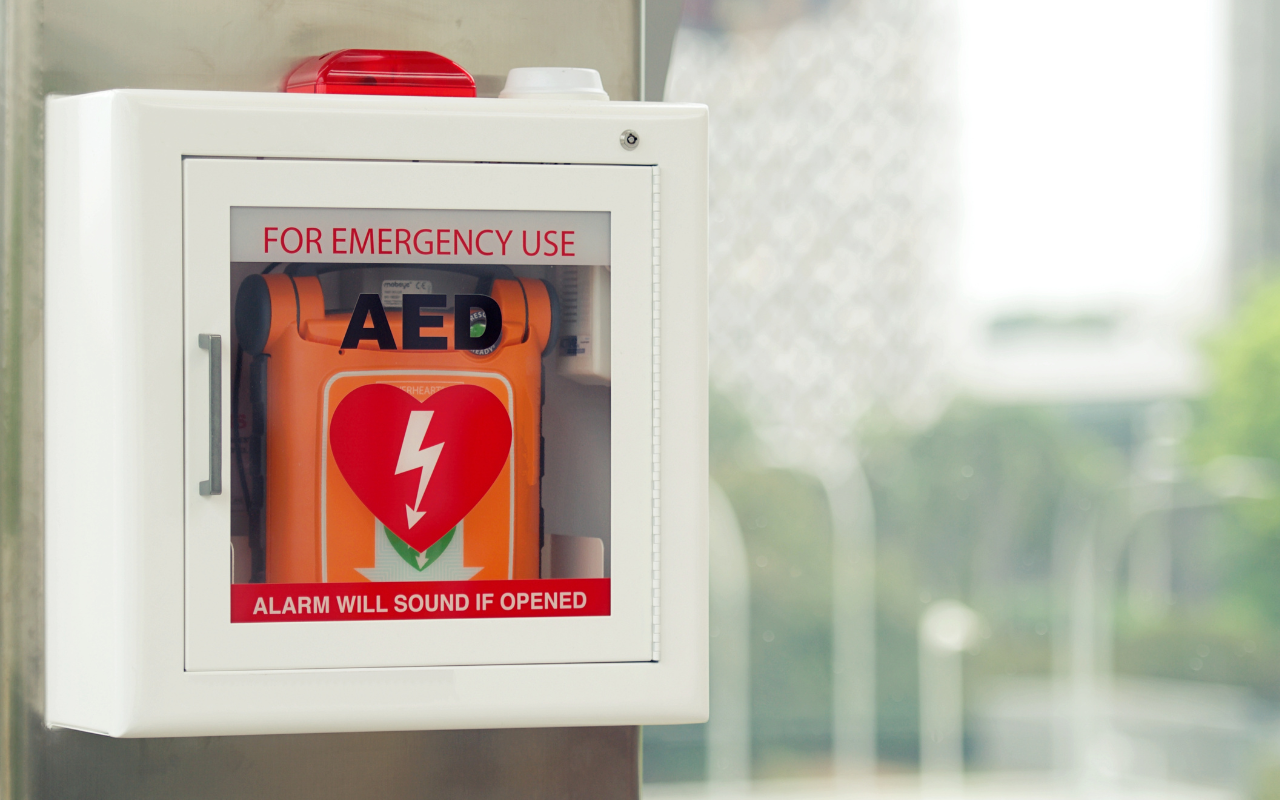Increasing public access to defibrillators in Australia could double the survival rate of cardiac arrests that occur outside of hospitals.
Australia has been too slow in regulating improved public availability to defibrillators, contributing to avoidable deaths, according to a Perspective published in The Medical Journal of Australia.
The authors write that although out-of-hospital cardiac arrests only have a 10% survival rate, that rate is four times higher if the event is witnessed by bystanders and the heart rhythm of the person is susceptible to shock with a defibrillator.
But this requires a defibrillator to be nearby, and for the bystander to be confident in using it.
“It is indeed concerning as there are things we could do better at every step across the chain of survival in people who suffer a cardiac arrest,” lead author Professor Garry Jennings AO told InSight+,
“These include the low rate of bystander defibrillation, patchy distribution and maintenance of defibrillators in the community, and our inability to count and map them all.”
Professor Jennings is the executive director of Sydney Health Partners and the chief medical advisor to the Heart Foundation.

The need for better public access
Of the 400 cardiac arrests that occur across Australia each week, only nine of those people will be treated with a publicly accessible defibrillator, the article states.
Increasing public access to defibrillators in Australia could double the survival rate of cardiac arrests that occur outside of hospitals, they write.
“Availability is of course much more likely in central urban areas than in rural, regional or remote locations,” Professor Jennings said.
The authors highlight that even when defibrillators are available in public places and shops, they are not always easily accessible due to limited staff training and poor signage.
Availability issues are further exacerbated by the lack of national policy and inconsistency between states when it comes to access and training.
Call for a public database
The article authors argue there is a need for a national database of available publicly accessible defibrillators.
“It is estimated that there are 15 000 unregistered defibrillators in Victoria alone,” they wrote.
“A national system of collaborative data sharing between all defibrillator registry stakeholders would allow optimal identification of all [public access defibrillators] that exist in Australia but are unavailable for public use.”
Professor Jennings expanded on this in his interview with InSight+.
“We need national registration of public access defibrillators, geodensity mapping to ensure they are in the right places, and a plan to ensure they are available at the neighbourhood level as well as in public buildings,” he said.
Increasing bystander awareness and confidence
The authors state there needs to be greater public awareness and education about the use of public access defibrillators in order to empower bystanders to act in an emergency.
“These include campaigns to improve public awareness of their role in responding to cardiac arrest, educating people that they can use a public access defibrillator and they should,” Professor Jennings said.
“There could be mandatory training in schools. In some countries it is a requirement that people are trained [in life support and defibrillator practice] as a requirement for a driving licence.”
A national effort
Professor Jennings told InSight+ there is no single point of responsibility when it comes to improving awareness and access to public defibrillators.
“It starts with the individual understanding what needs to be done when they witness a cardiac arrest, to employers and community organisations who need to look after their people, state and territories that can adopt successful initiatives from other places.
“These include South Australian legislation requiring defibrillators in public buildings, various apps that assist with location of defibrillators or of ‘Good Samaritans’ who are trained and able to assist.
“There needs to be support for registries to guide policy makers and a national framework along the lines of successful initiatives in Europe and elsewhere.”
Read the Perspective in The Medical Journal of Australia.
Subscribe to the free InSight+ weekly newsletter here. It is available to all readers, not just registered medical practitioners.

 more_vert
more_vert